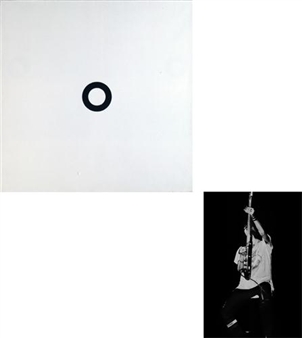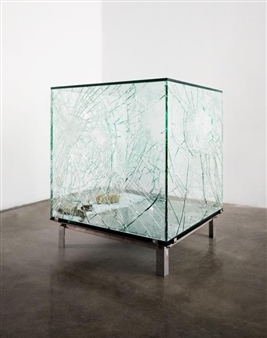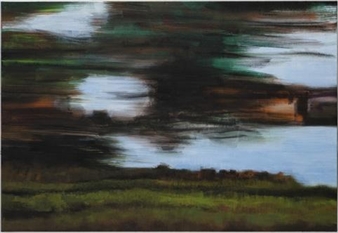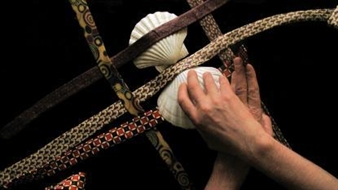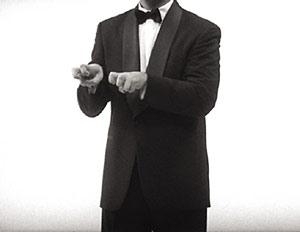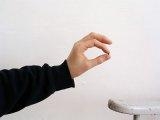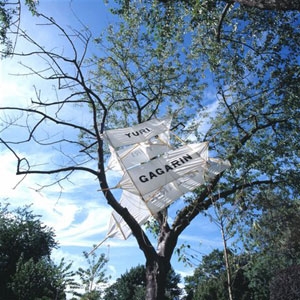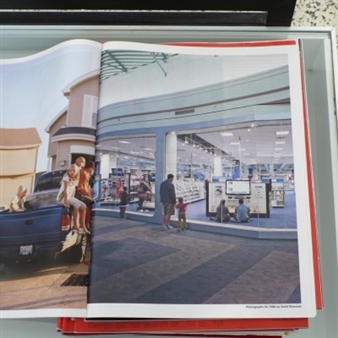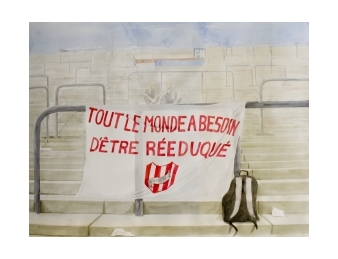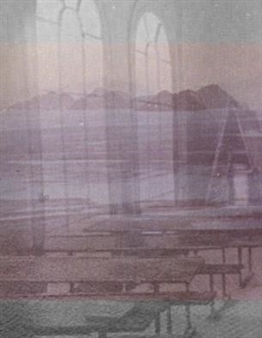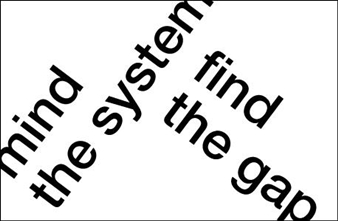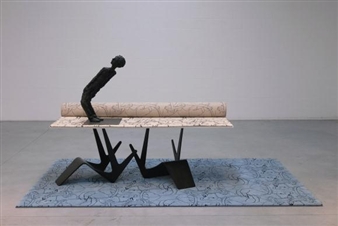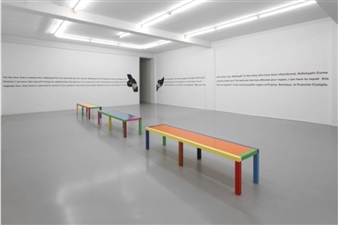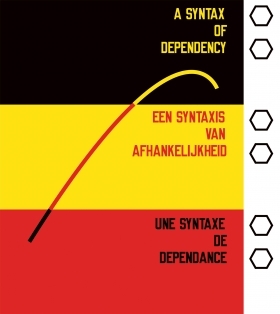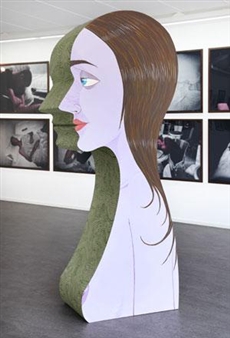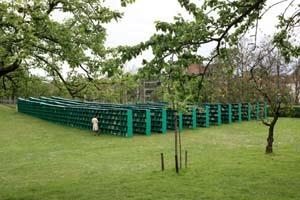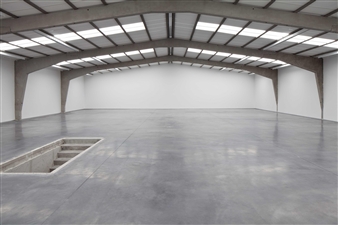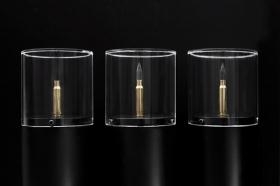Independently
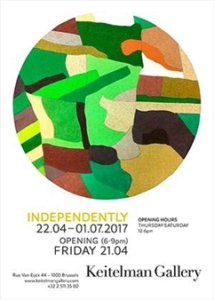
Brussels Hoofdstedelijk Gewest, Brussels, 04/22/2017 - 07/01/2017
Rue Van Eyck 44
For its spring exhibition, the Keitelman Gallery honors three of its artists: Gal Weinstein (who represents Israel at the Venice Biennale this year), Mounir Fatmi and Gabriele Di Matteo. In order to offer a general portrait of its activities, especially concerning the second market, it also presents pieces by Thomas Struth and Frank Stella.
Gal Weinstein develops a work that takes on intriguing and significant technical research. He in fact does not employ traditional methods such as oil painting, gouache, or collages of colored papers, but uses unexpected materials such as fibreglass, polyester wool, expanded polystyrene and even coffee. In a virtuosic manner, he uses these materials to create images and objects of surprising realism which, while showing mimicry and a certain aerial evanescence, emphasize their physical, concrete, even prosaic dimensions. The subjects of his pieces often concern the relationship between the macroscopic and the gigantic. It is an optical questioning, but it is also metaphysical and even political. For example, the works speak of our perception of geography: Seen from an airplane, the separations between countries and all people, which are not very natural at the end, may appear quite futile.
Mounir Fatmi is interested in more immediately present political issues in his work, while pointing out the nuances that this suggests and the ambiguities that these issues carry. One of his key themes relates to the mixing of cultures: a meeting that, as can be observed at the present moment, seems regularly marked by a certain degree of violence. However, this encounter is not one sided. Testimonies of empathy and of ethnic mixing are there to prove it. Therefore it is rather a relationship, a meeting of love and hate, where antagonistic elements are at work, and where paradoxes are expressed. The few pieces presented here evoke these multiple dimensions. One piece for example is made with electrical cables, patiently assembled to form the pattern of the number zero. This work refers to Western abstract painting (Malevitch's white square, painting’s degree zero), as well as to the Arabic origin of mathematics, evoking computer science (made up of a combination of zeros and ones) and stock market prices. Finally, one can also envisage the procession of the pilgrims around Mecca.
Gabriele Di Matteo takes us to the world of false pretenses, as a way of reflecting on the media and artificial character of our time. Paintings of his fabulous series dedicated to Jackson Pollock are presented in the exhibition. Taking into account the strange confusion that often occurs throughout the history of art between a piece and the more or less fictional biography of its author, Gabriele Di Matteo produces an exhibition of paintings that represents Jackson Pollock at different times in his life. Deriving his paintings from vintage photos, he intentionally erases any presence of Pollock’s work. Where a Pollock painting is perceived on a particular photograph, it disappears in Di Matteo’s pictorial resumption, leaving only a metaphysical void. For the modern period, Pollock is celebrated as the American painter and his turbulent existence as well as his early death have done much to strengthen his image as an ephemeral genius, overwhelmed by the sublime forces of art he has attempted to appropriate. In the same way as Van Gogh, he embodies the realistic figure of the romantic artist. What also attracts Di Matteo's attention is the fact that, as early as the 1950s, Pollock was struggling with an art market that was becoming stricter and more professional (the premise of what it is today). The question that Di Matteo raises is also how the art market could contribute to the downfall of Pollock, resulting from the success and speculation to which he was subjected during his lifetime.
